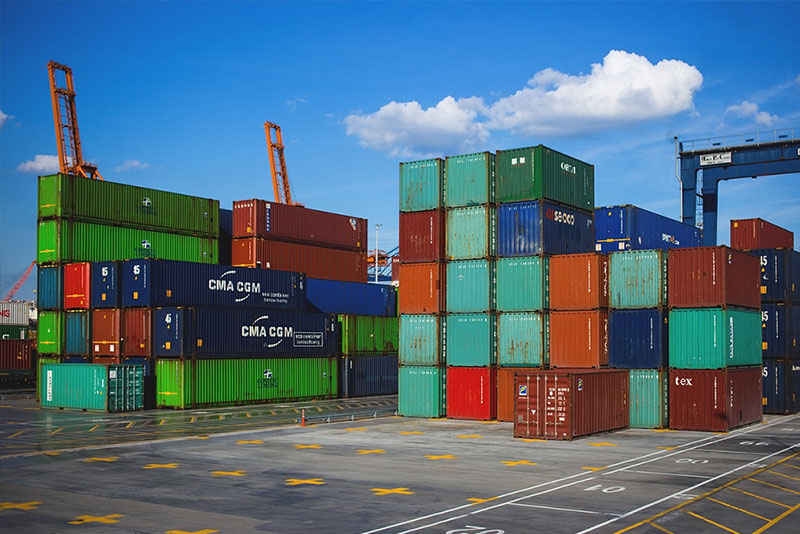US overseas warehousing has emerged as a pivotal factor influencing global product pricing strategies in recent years. Companies worldwide are strategically leveraging these facilities to optimize costs, improve delivery times, and enhance customer satisfaction.

One of the primary impacts of US overseas warehousing on product pricing strategies is the reduction in logistical expenses. By storing inventory closer to major markets, businesses can minimize transportation costs associated with international shipping. This cost-saving advantage allows companies to either lower prices for consumers or maintain competitive pricing while increasing profit margins.
Furthermore, the proximity to US consumers enables faster order fulfillment and shorter delivery times. In today's competitive e-commerce landscape, swift delivery is often a decisive factor for customer satisfaction and retention. By utilizing overseas warehousing, businesses can offer expedited shipping options at lower costs, thereby attracting more customers and gaining a competitive edge.

Another significant impact is the ability to manage inventory more efficiently. US overseas warehousing facilitates just-in-time inventory practices, where businesses can replenish stock based on real-time demand data. This agility in inventory management reduces the risk of overstocking or understocking, optimizing working capital and operational efficiency.
Moreover, the presence of warehousing facilities in the US enhances market reach and penetration. By establishing a local presence, international brands can strengthen their brand image and credibility among American consumers. This localized approach not only fosters trust but also enables better market insights and customer understanding, leading to more tailored marketing strategies and product offerings.

From a strategic standpoint, US overseas warehousing supports scalability and business expansion. Companies can enter the US market with lower entry barriers and operational risks by utilizing existing warehousing infrastructure. This accelerates market entry and allows businesses to focus resources on marketing, sales, and customer acquisition rather than logistics and distribution challenges.
In conclusion, US overseas warehousing fundamentally transforms product pricing strategies by reducing costs, improving operational efficiency, enhancing customer experience, and facilitating market expansion. As global trade continues to evolve, leveraging these strategic assets will remain crucial for businesses aiming to thrive in competitive markets.